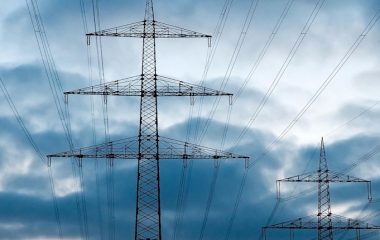
Share
The irrigation system on the Bošava river was reconstructed and the supply channel capacity from the water reservoir was increased to fit five small hydroelectric systems and supply the municipalities of Kavadarci, Rosoman and Negotino with water. The power generation facilities of 11 MW were developed and constructed by Kolektor Turboinštitut from Slovenia. The operator, Hidrobošava, holds the concession for the next 27 years.
“The project of constructing five small hydroelectric power plants on the Bošava river represents a new milestone for Kolektor Turboinštitut. This is the first project where we obtained concession through a public-private partnership, obtained all required permissions and finished all construction and other works in cooperation with local contractors in less than two years,” Franc Florjančič, the company’s managing director, said at the launch. “Recently, we finished the project by concluding a contract for the purchase of electrical energy, which is why today we can officially open these facilities.”
Kolektor, which originally started out in the automotive industry, has been lately strengthening its role in the field of construction industry and engineering, while also becoming one of the key players in the field of electric power engineering, said Radovan Bolko, Kolektor’s board head. In the last 20 years, the Slovenian engineering company supplied electro-mechanical equipment for more than 15 small hydroelectric power plants and participated in the reconstruction of six large hydroelectric power plants in Macedonia, according to a report on its website.
In the Bošava project, Kolektor Turboinštitut entered into a public-private partnership for combined use of water with Vodostopanstvo Tikveš, the operator of the irrigation system and the holder of water rights. For the purpose of implementing the project, Kolektor Turboinštitut founded the company of Hidrobošava in Macedonia, which holds the concession for use of water and is the owner of the hydro plants with the status of a producer from renewable resources. All line objects were constructed underground where possible and fish passage systems were constructed where required, Turboinštitut said. Expected yearly generation is 33 GWh.

















